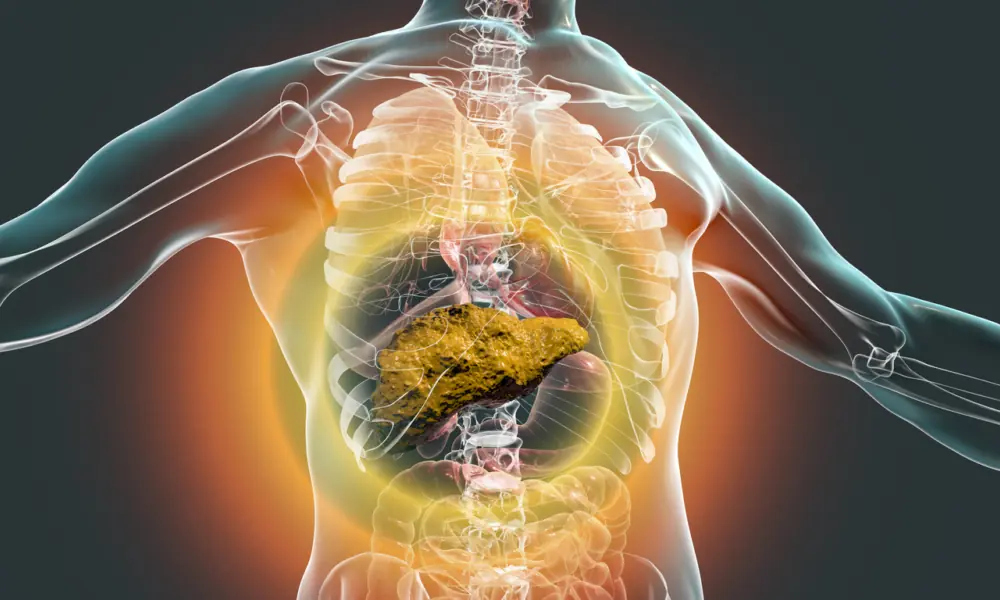
Breakthrough Cancer Treatment Uses Ultrasound and Microbubbles to Destroy Tumors from Within
Breakthrough Cancer Treatment Uses Ultrasound and Microbubbles to Destroy Tumors from Within

A revolutionary new approach to cancer treatment could transform how we fight tumors—without the harsh side effects of chemotherapy or radiation. Scientists have developed a cutting-edge technique that uses ultrasound-triggered microbubbles to target and destroy cancer cells from the inside out.
In early lab tests, this promising method successfully eliminated up to 80% of breast cancer cells in mice, offering hope for a more precise, noninvasive cancer therapy in the future.
How It Works: Tiny Bubbles, Big Impact
The heart of the innovation lies in microscopic gas-filled bubbles, each about one-tenth the size of a blood vessel. These microbubbles are specially engineered to seek out and attach to tumor cells. Once in place, they are exposed to low-frequency ultrasound waves—typically around 250 kHz.
This causes the bubbles to rapidly expand and violently burst, tearing holes in the membranes of nearby cancer cells. But that’s only part of the process. The shockwave and membrane damage make the cells far more receptive to treatment, allowing cancer-fighting genes or drugs to enter directly and do their work with precision.
It’s like blowing open the door of a cancer cell and delivering a custom-built therapy straight to the core.
Impressive Results in Animal Testing
In lab experiments involving mouse models of breast cancer, this technique showed remarkable efficacy, destroying up to 80% of cancer cells with a single treatment. What’s even more encouraging is that this was achieved without damaging surrounding healthy tissue—one of the major downsides of current cancer treatments like chemotherapy or radiation.
While traditional therapies often come with significant side effects due to their impact on healthy cells, the microbubble-ultrasound combination offers a targeted approach that zeroes in only on cancer cells.
A Delivery System and Weapon in One
What makes this technique so innovative is that it combines targeted drug delivery with cell-damaging power in a single, noninvasive procedure. The microbubbles serve both as a vehicle for transporting therapeutic agents and as a mechanical force to disrupt cancer cells and enhance absorption.
This dual-action approach could be a game changer—especially for hard-to-reach or treatment-resistant tumors. By creating temporary pores in the cancer cell membranes, the treatment also allows for the delivery of gene therapies, which are often difficult to get inside cells without causing harm.
Future Potential: A New Era in Cancer Care?
Though the research is still in preclinical stages, the implications are significant. If upcoming human clinical trials confirm the safety and effectiveness of this technique, it could pave the way for:
-
Noninvasive cancer treatments with minimal side effects
-
Targeted drug or gene delivery with high precision
-
Reduced reliance on chemotherapy and radiation
-
Enhanced outcomes for patients with difficult-to-treat tumors
This method may also be adapted to treat various types of cancer, not just breast cancer. Its versatility and precision make it a strong candidate for the next generation of personalized cancer therapies.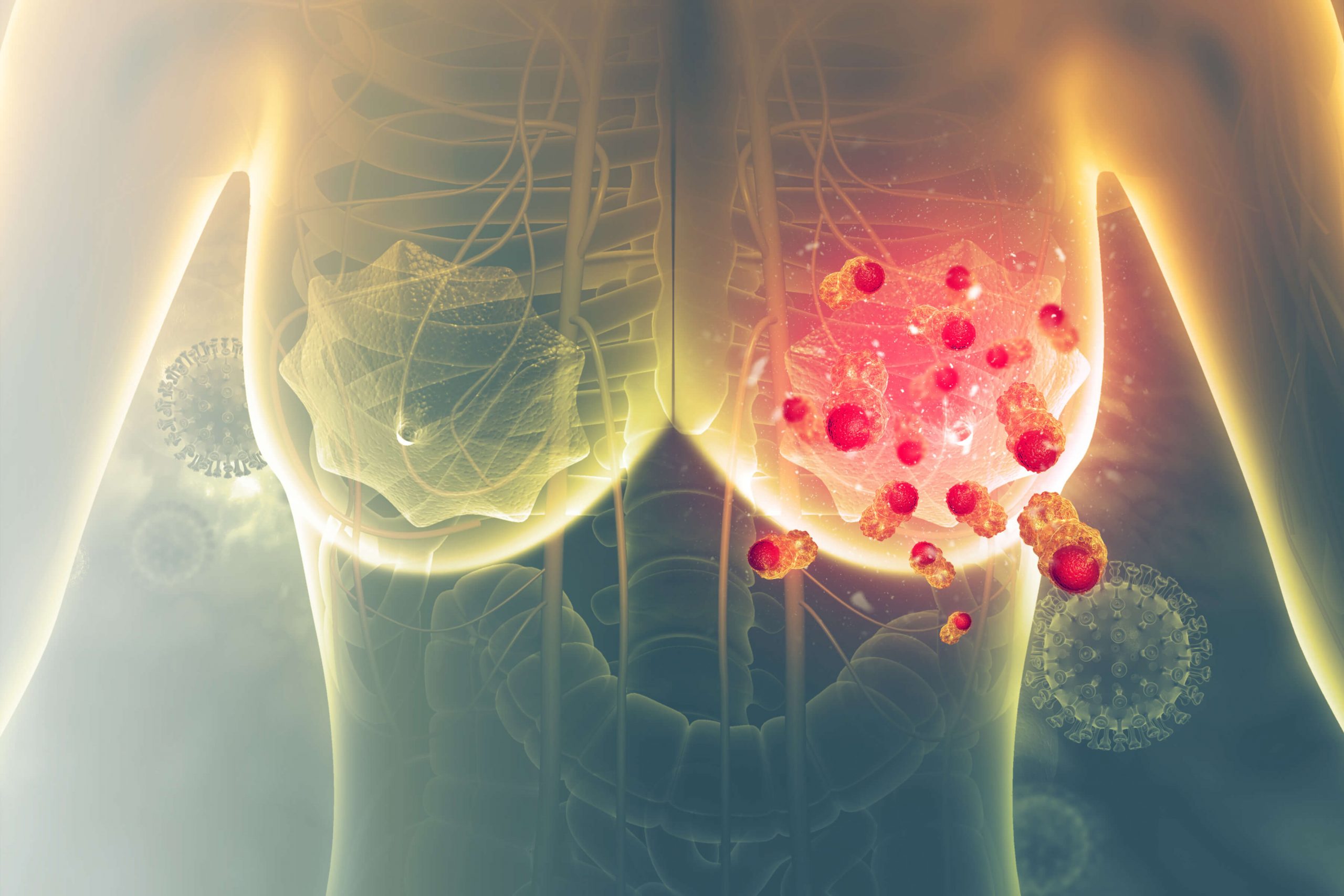
Looking Ahead: What’s Next?
Researchers are currently refining the microbubble design and optimizing the ultrasound parameters to ensure maximum safety and efficacy in human applications. Regulatory approvals and clinical trials are on the horizon, and early signs suggest this technology could offer a safer, smarter, and more effective cancer treatment alternative.
Conclusion:
The use of ultrasound-activated microbubbles to fight cancer from within represents a groundbreaking advancement in oncology. With the ability to deliver drugs and genes directly into cancer cells while minimizing harm to healthy tissues, this method offers real hope for a less invasive and more precise future in cancer care.
News in the same category


Menopausal Brain Fog? Low Iron Levels May Be the Hidden Cause

Lung Cleansing with a Powerful Natural Garlic Juice
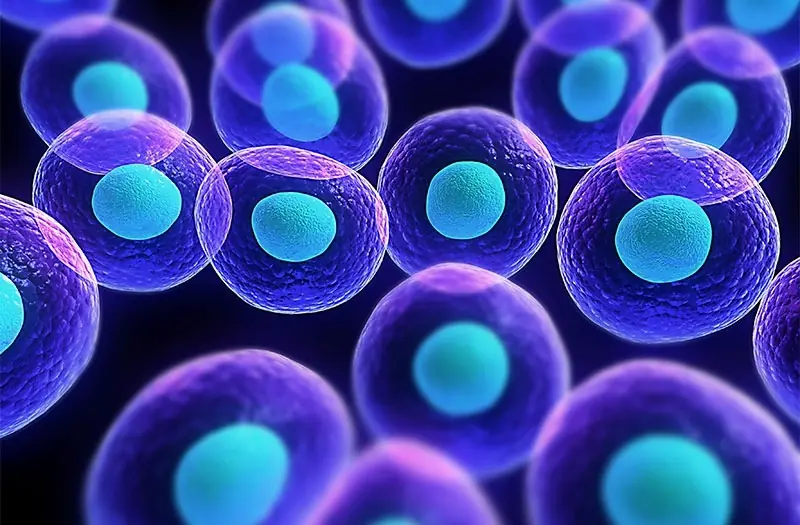
A recent study has uncovered a key switch in aging—and it all comes down to a structure inside your cells called the nucleolus

ScienceScientists Say Viral Infections Could Be The Hidden Cause Of Alzheimer’s — 30 Years Of Research Now Validated
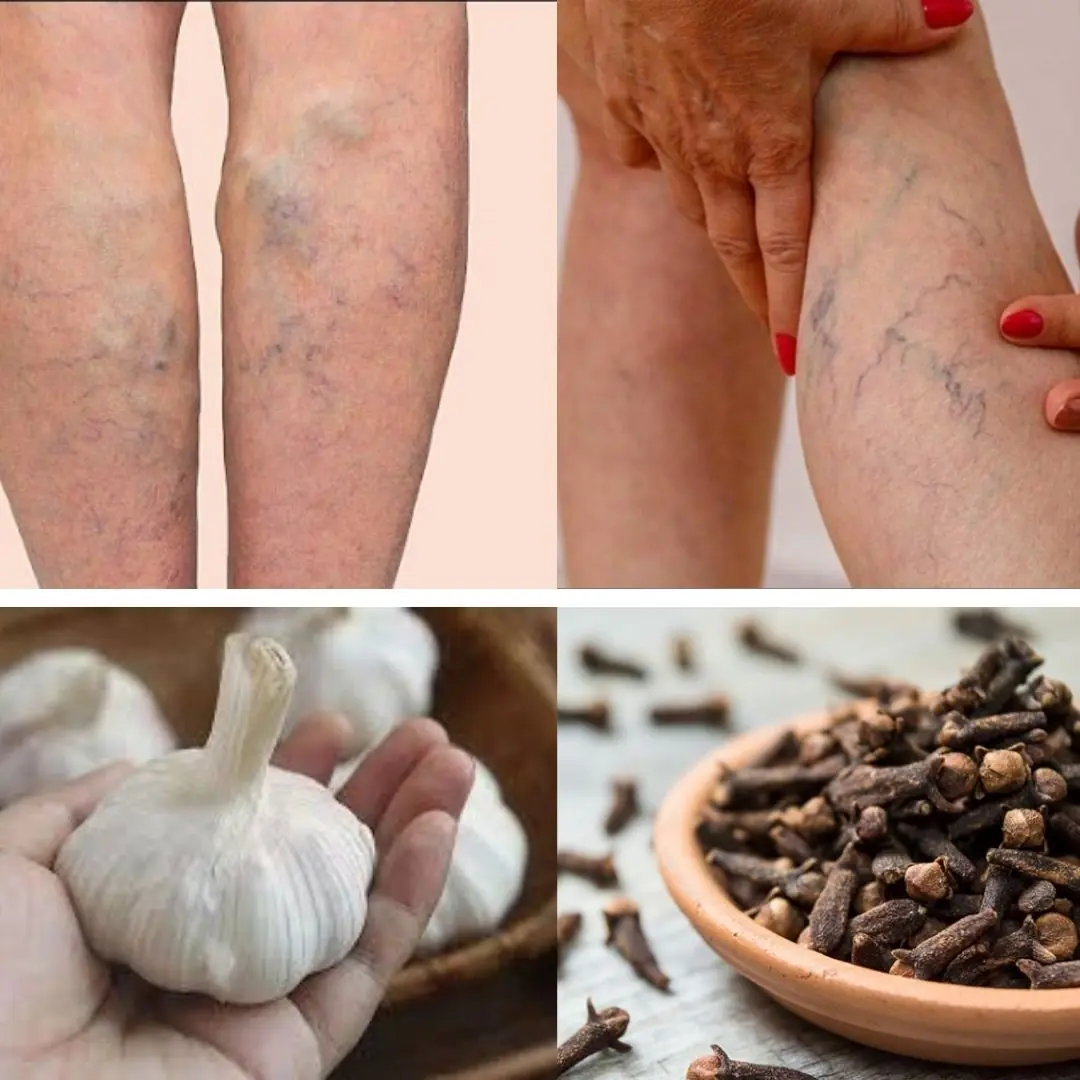
🧄🌿 Natural Remedy for Leg Pain, Rheumatism, Varicose Veins & Arthritis with Cloves and Garlic

White Clover (Trifolium repens): 15 Benefits and Homemade Uses
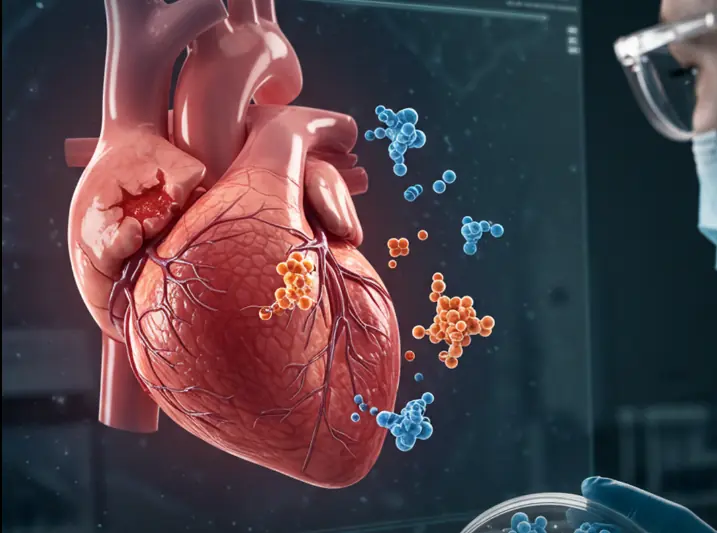
Breakthrough Protein Combo Could Heal Heart Damage and Regenerate Organs

Head Injuries May Reactivate Dormant Viruses and Trigger Alzheimer’s-Like Brain Damage
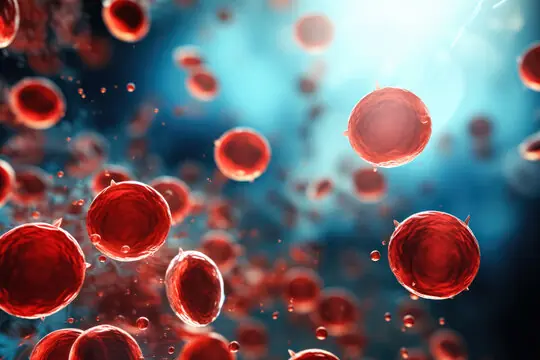
How Blood Production Changes After 70: New Research Reveals a Surprising Shift

What Is Acid Reflux? Causes, Symptoms, and How to Prevent GERD
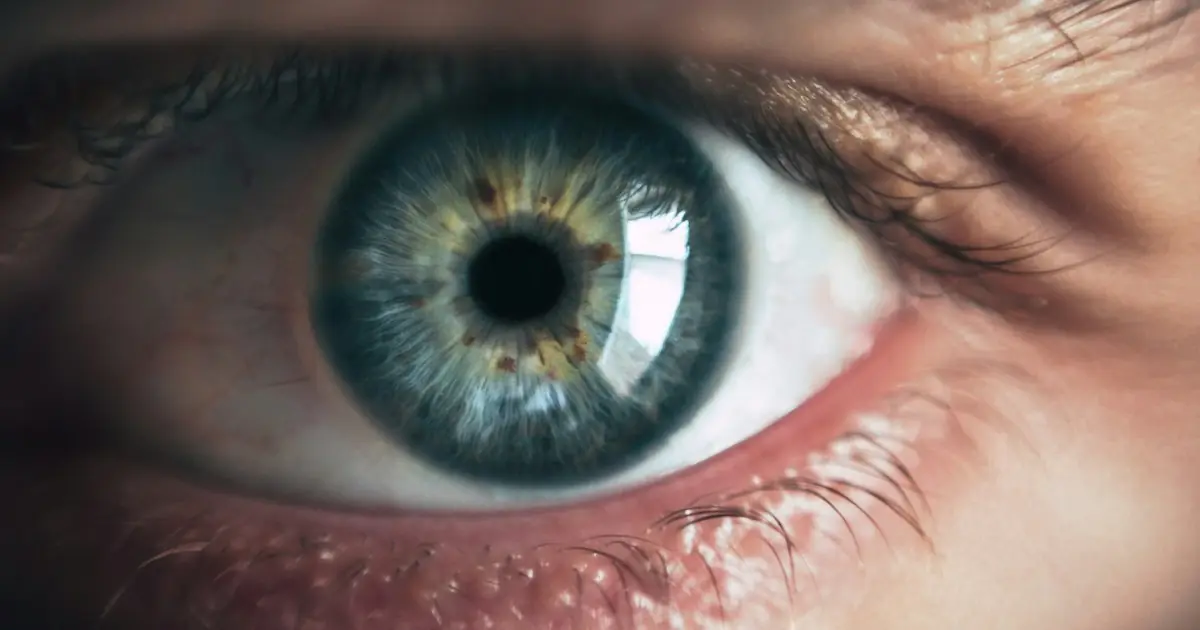
AI and Eye Scans: A Breakthrough in Fast, Accurate ADHD Diagnosis
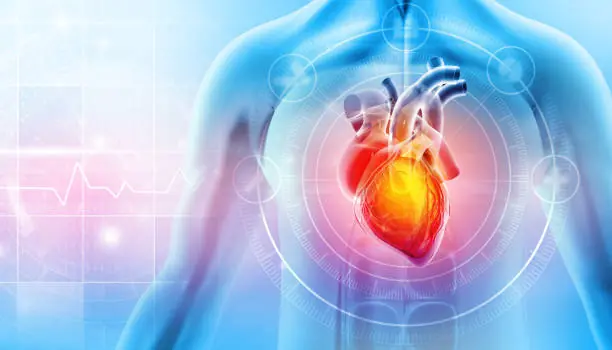
Early Signs of Heart Disease: What Chest Pain, Shortness of Breath, and Swollen Legs Could Mean
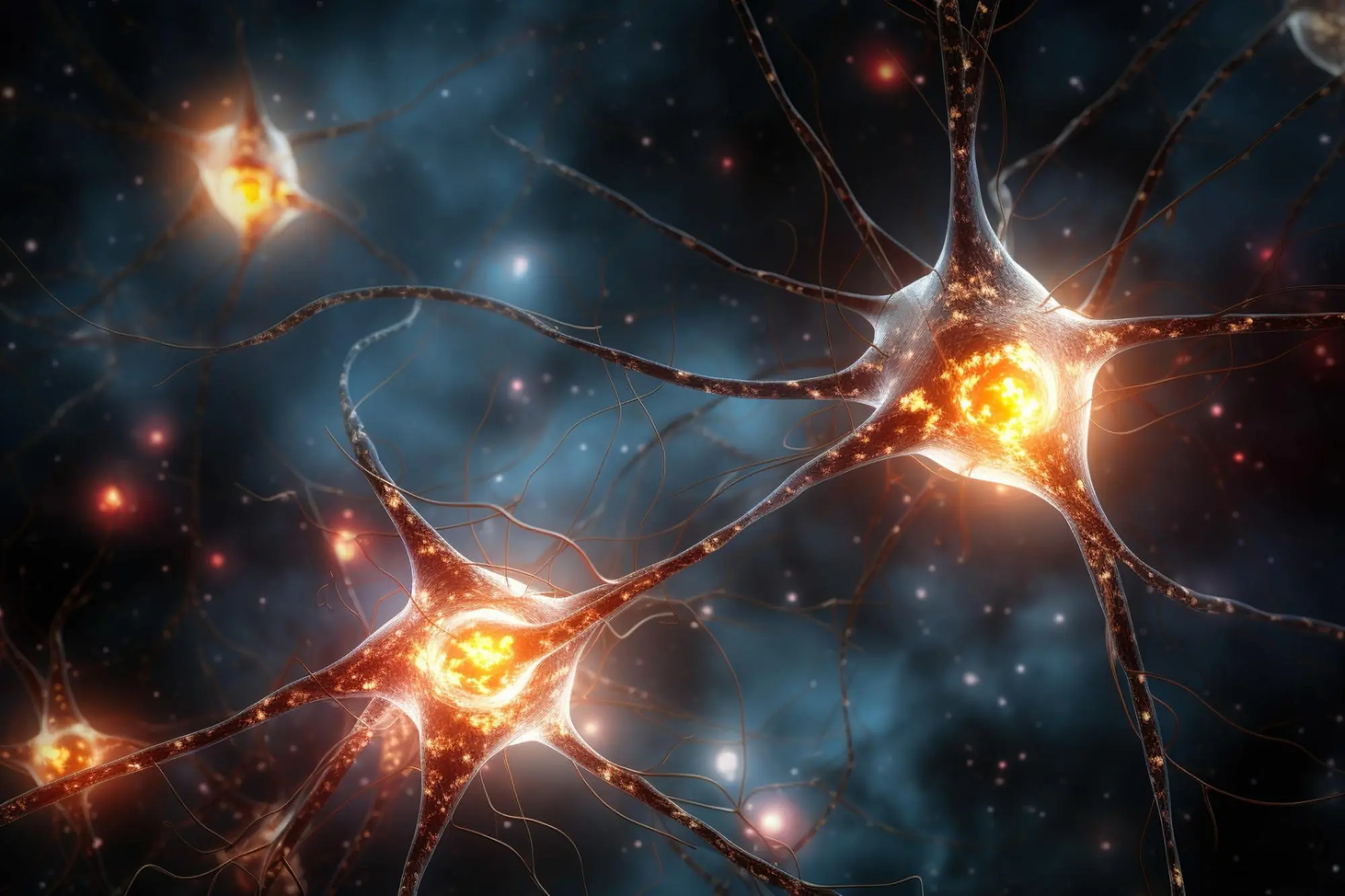
Groundbreaking Nanoparticle Technology Reverses Parkinson’s Disease in Stunning Study

This Psychedelic Root from Brazil May Be Able to Treat Depression

Researchers Reveal How Long It Takes To Grow Muscle When Lifting Weights

Waking Up After 6 Hours of Sleep? Here's Why—and Whether It’s Enough
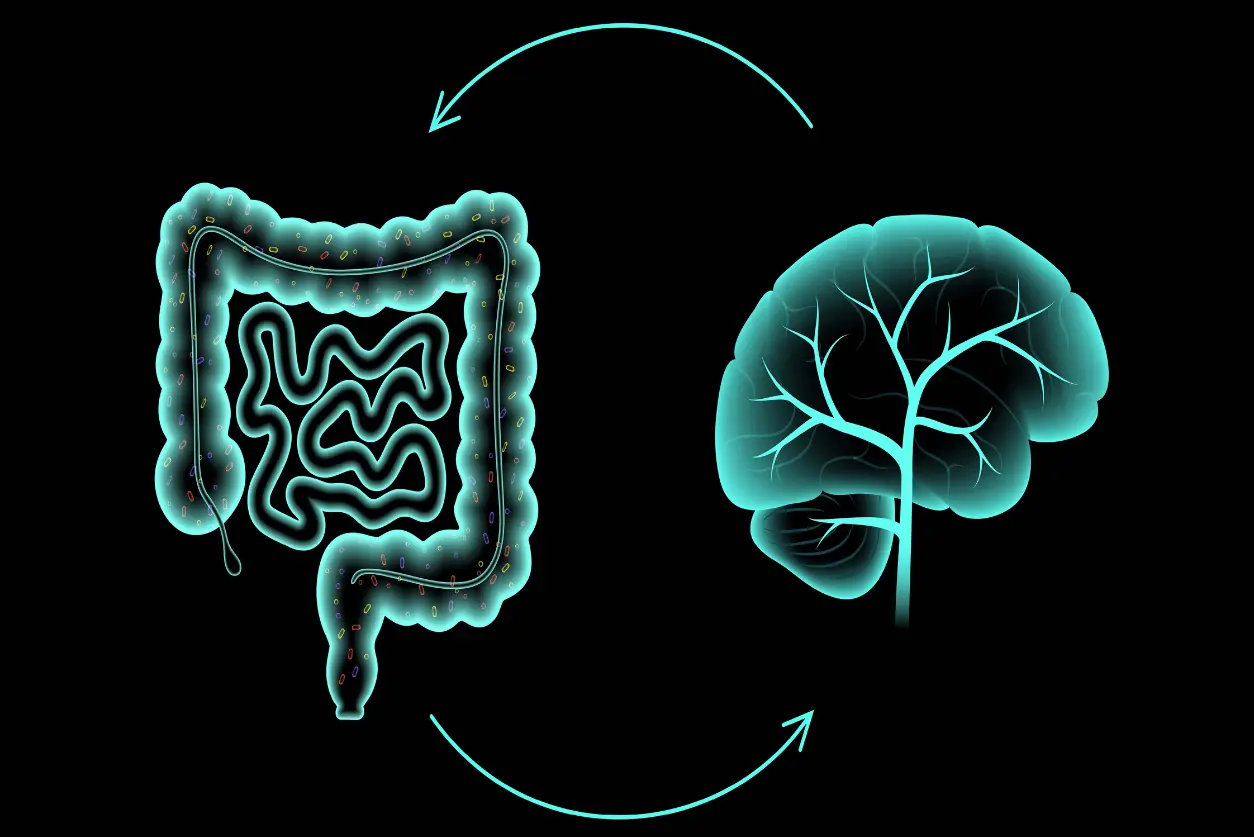
How Your Gut Bacteria Influence Your Mood, Thoughts, and Mental Health

The Hidden Cost of Anger: How One Minute of Rage Can Weaken Your Immune System for Hours
News Post

Persistence Hunting: How the San People of the Kalahari Master the Art of Endurance

Halley’s Comet Is Back, But This Time, It’s Raining Fire

Fatty Liver Disease Affects 1 in 4 People — A New Treatment Shows Promising Results

Menopausal Brain Fog? Low Iron Levels May Be the Hidden Cause

Lung Cleansing with a Powerful Natural Garlic Juice

A recent study has uncovered a key switch in aging—and it all comes down to a structure inside your cells called the nucleolus

ScienceScientists Say Viral Infections Could Be The Hidden Cause Of Alzheimer’s — 30 Years Of Research Now Validated

Greece Rocked By Massive Earthquake As Tsunami Warning Sparks Panic

Sun Unleashes Monster Flare As Scientists Say Earth Could Be Hit By Massive Solar Storm Tomorrow

🧄🌿 Natural Remedy for Leg Pain, Rheumatism, Varicose Veins & Arthritis with Cloves and Garlic

Modern House Fires Burn Faster: Why You May Have Only 3 Minutes to Escape

White Clover (Trifolium repens): 15 Benefits and Homemade Uses

A Mom of 7 Demanded My Deaf Grandpa Get Out of the Elevator—So I Brought Her Back to Reality

Could the Sahara Desert Power the Entire World with Solar Energy?

Breakthrough Protein Combo Could Heal Heart Damage and Regenerate Organs

Head Injuries May Reactivate Dormant Viruses and Trigger Alzheimer’s-Like Brain Damage

How Blood Production Changes After 70: New Research Reveals a Surprising Shift

My Ex-husband Got Our House, Car and All Our Money After Divorce – I Laughed Because That Was Exactly What I Planned
